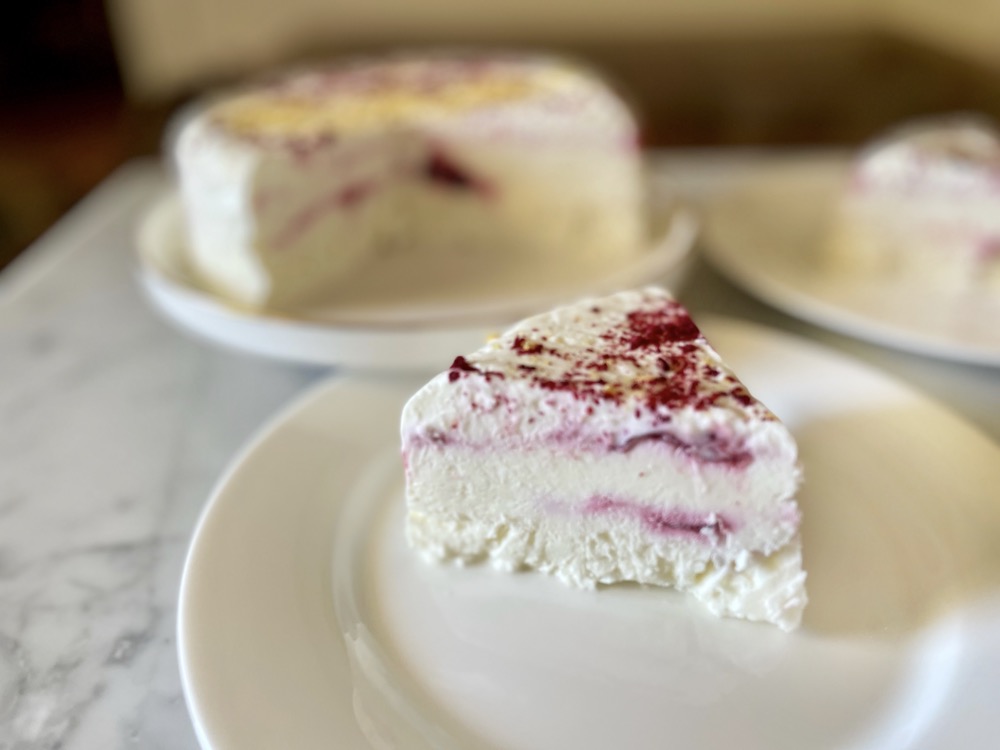St. Martin is a saint that I have liked ever since I was a child.
He only reminds me of good things like the warmth of summer in the middle of autumn, the smell of new wine, hot chestnuts, and St Martin’s cookies.

Saint Martin’s summer
The celebration of the saint is on 11 November. In Italy, there are many regional traditions and recipes dedicated to the saint. Just think, I recently discovered that in honor of his Hungarian origins, there is a municipality in the province of Bologna where they eat goulash for the occasion!
November has shorter days, often rainy or foggy. When I was a child, I wondered when my grandmother talked about this ‘summer’ phenomenon when it was already coat season. This strange weather event finds confirmation in the folk saying ‘St Martin’s summer lasts three days and a bit’.
Around 11 November, the first cold snap briefly breaks to make way for milder temperatures and warm rays of sunshine. I remember that we were all waiting to see whether the short summer would come or not.

Saint Martin and the feast of the ‘becchi’ (cuckolds)
November is not yet winter, and you can understand it because it is the last month in which nature still offers its fruits, such as persimmons, chestnuts, and grapes. Then for the farmers, the season of rest from the fields began.
It is time to prepare the vineyard for winter rest. To finish the old wine and clean the barrels, which must be ready for the new harvest. This season also brings the new wine, a light, and drinkable wine. In Romagna, a proverb says that for St. Martin’s Day, adults and children get drunk.
The summer of San Martino, also celebrated by the Italian poet Carducci, marked the last agricultural work before resting. In the past, at this time, the Romagna peasants, having finished their work, would attend the cattle fairs, leaving their homes for a few days.
At this point, I think it is superfluous to explain why St. Martin’s Day is also the feast of the becchi (or cuckolds). It seems that these absences were taken advantage of by peddlers who sold their wares from house to house.
In Sant’Arcangelo di Romagna, instead of the old cattle fair, today the Fiera dei Becchi is organized.


Saint Martin’s cookies
The combination of the arrival of new wine, a fleeting summer, and the hilarity of the feast of the beaks bring me back to why I am here.
Every year my parents would organize a dinner in front of the crackling fireplace in the tavern at home, ending with roasted chestnuts and new wine.
Before going to bed, I would go with Grandma to say goodnight and give the male guests a thought for the occasion. They were big Saint Martin’s cookies, horn-shaped, that we had made together in the afternoon. In Italy, the gesture of the horns indicates the cuckold.
I still remember the ladies’ laughter, the men saying “ouch, ouch”, the smell of the chestnuts, the bright flames, and, above all, the cheerfulness in that room. So dense that it could have been sliced.
The biscuit is a simple lemon-scented shortbread.
Among many recipes to celebrate the day, Saint Martin’s cookies have nothing exceptional about them except for the humor of the people of Romagna. Among the many biscuits I have distributed, some will have received them while holding back the bitter smile of the joke that hit the spot.
To give them this somewhat unusual shape, make the horns like an Italian, study your hand and reproduce it.
You can decorate with sprinkles.
Buona cucina, Monica
Keep in Touch
- To receive unpublished recipes, tips, and food stories, sign up for the Tortellini&CO newsletter. You can disable it anytime.
- Follow me onInstagram, Pinterest and Facebook.

Saint Martin’s cookies recipe
about 6-8 cookies
List of Ingredients
200 g 00 flour
50 g sugar
125 g butter
1 medium egg
1/2 teaspoon baking powder
pinch of salt
grated lemon peel
Method
Mix the dry ingredients in a bowl.
Add the egg, zest, and cold butter into chunks.
Start mixing with your fingertips, then transfer to a clean surface and knead until soft and firm.
Wrap in cling film and leave to rest for 30 minutes in the fridge.
Roll out the dough to a height of about 4mm, cut out rustic horns, and bake in a preheated oven at 180 degrees, static function, for about 12-15 minutes.
When the edges turn color, they are ready.
Take out of the oven and leave to cool.
Then brush the surface with honey or maple syrup to allow with decorative sprinkles.


